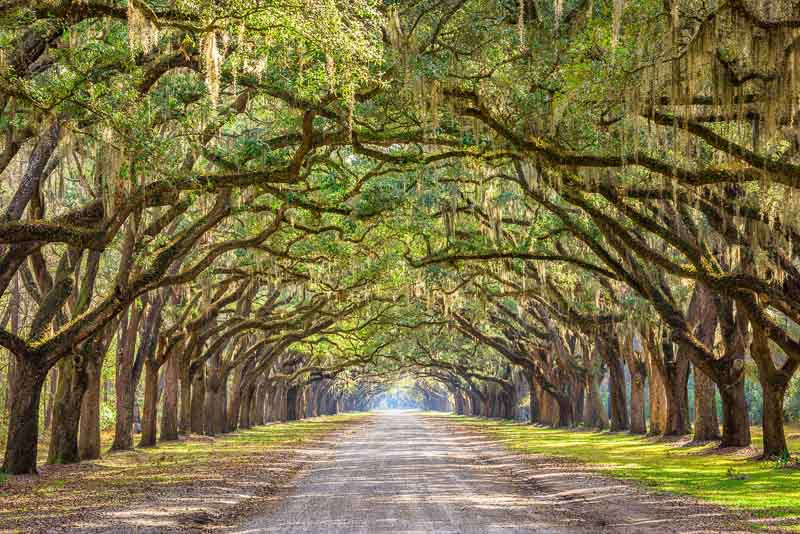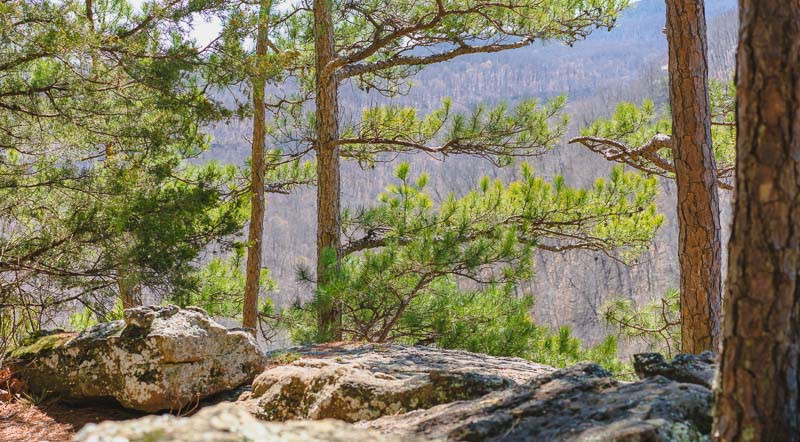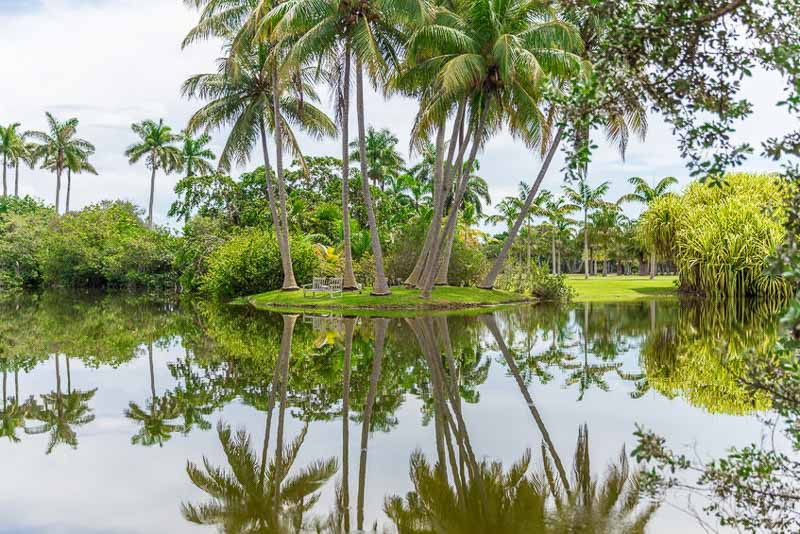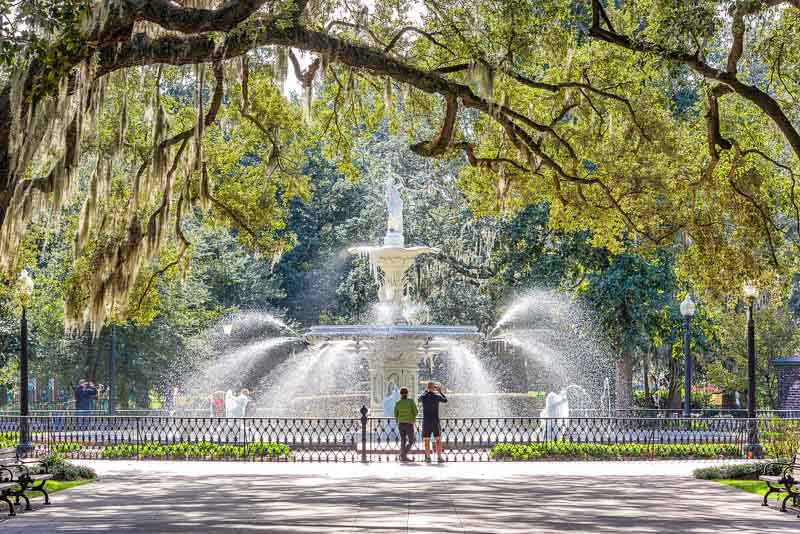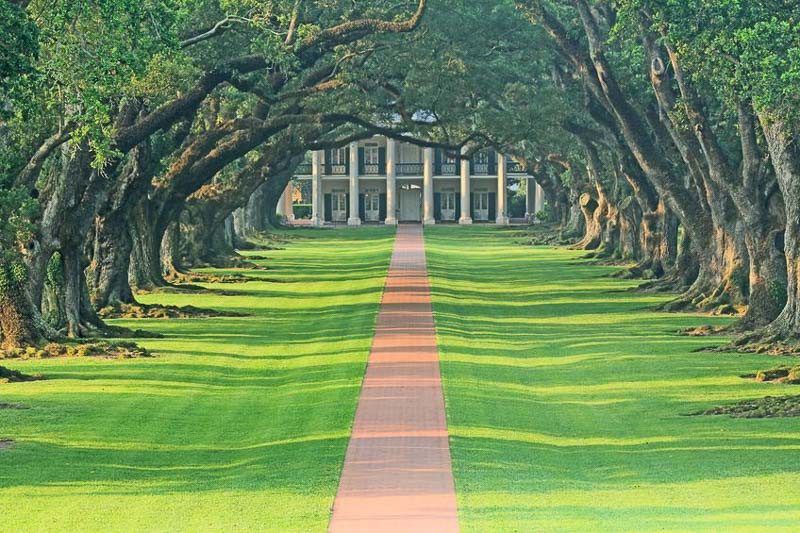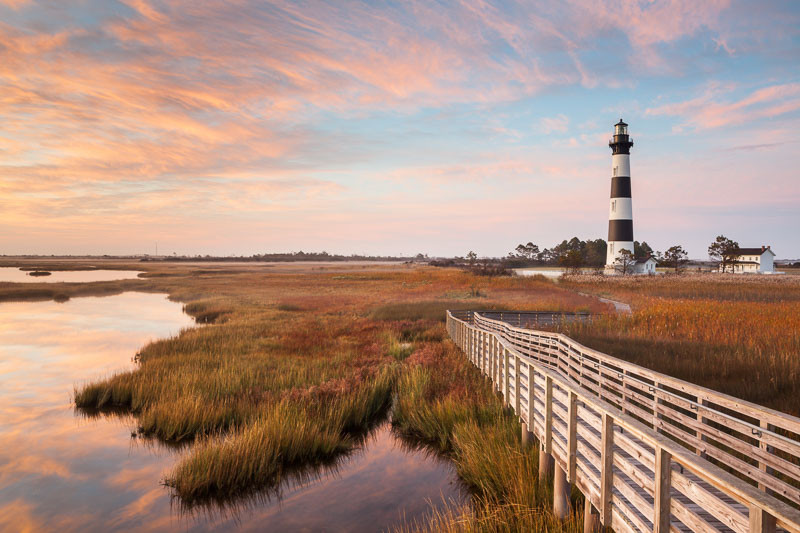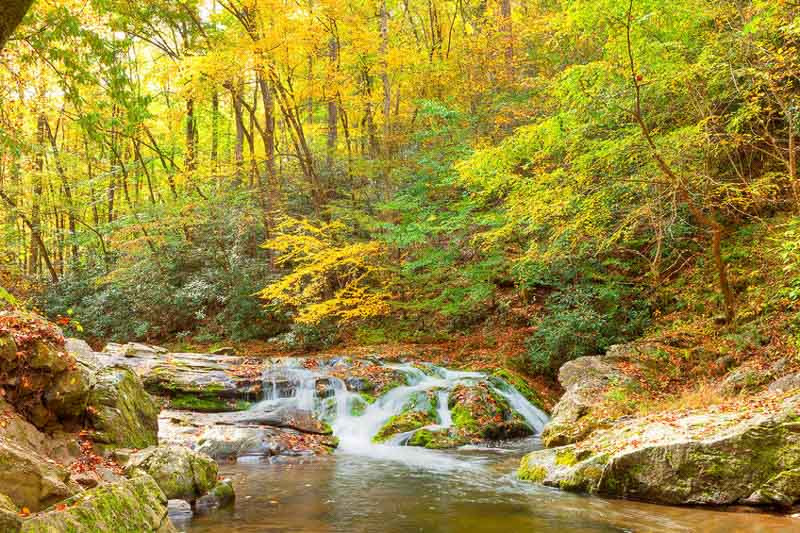Southeast Native Plants
The Southeastern United States, known for its warm climate and rich biodiversity, boasts various native plants adapted to local conditions.
- In the coastal plains and sandy areas, you’ll find plants such as the Southern Magnolia (Magnolia grandiflora), known for its large, fragrant flowers, and the Flowering Dogwood (Cornus florida), with its striking white blossoms. Coastal grasses, like Sea Oats (Uniola paniculata), stabilize dunes and provide a habitat for wildlife.
- In the region’s pine forests, Longleaf Pine (Pinus palustris) and Loblolly Pine (Pinus taeda) dominate, while understory species include the American Beautyberry (Callicarpa americana) and the Black-Eyed Susan (Rudbeckia hirta).
- The Southeast’s wetland areas support a unique range of plant life, including Bald Cypress (Taxodium distichum), with its distinctive ‘knees,’ and the carnivorous Venus Flytrap (Dionaea muscipula), found naturally only in the Carolinas.
- In the Appalachian Mountains, Rhododendrons (Rhododendron maximum) bloom in spectacular fashion, while American Ginseng (Panax quinquefolius) and Trilliums (Trillium spp.) thrive in the region’s rich, deciduous forests.
These native plants play a critical role in the Southeast’s ecosystems, providing food and habitat for local wildlife and contributing to soil health. By choosing native plants for your garden, you can support regional biodiversity, conserve water, and create a landscape attuned to the Southeast’s unique climate and conditions. Moreover, native plants require less maintenance, as they’re naturally suited to thrive in local conditions.
